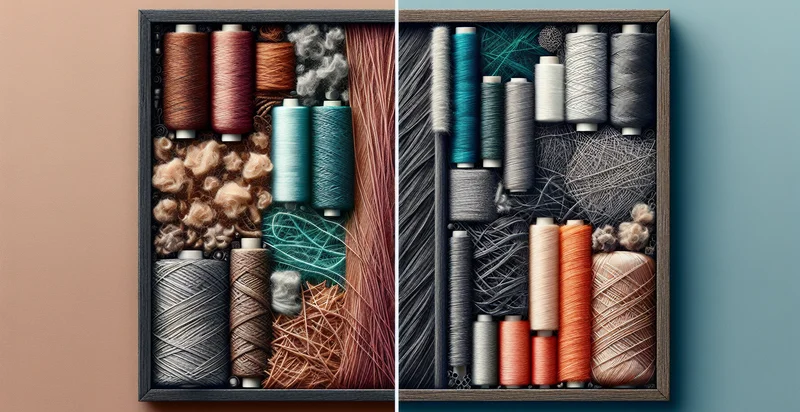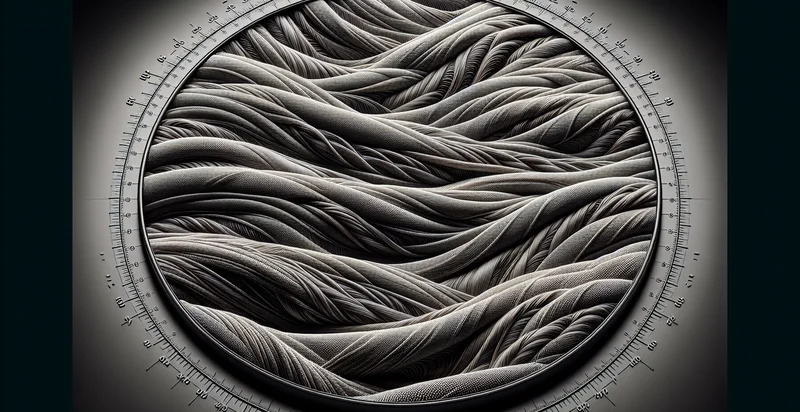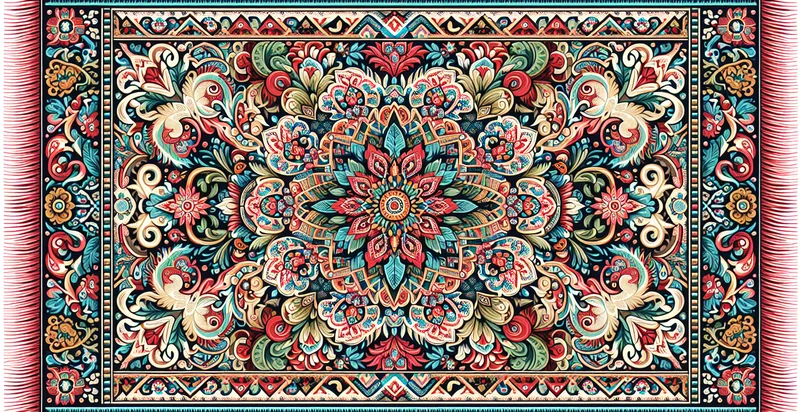Identify coarse vs fine thread
using AI
Below is a free classifier to identify coarse vs fine thread. Just upload your image, and our AI will predict if the thread is coarse or fine - in just seconds.

Contact us for API access
Or, use Nyckel to build highly-accurate custom classifiers in just minutes. No PhD required.
Get started
import nyckel
credentials = nyckel.Credentials("YOUR_CLIENT_ID", "YOUR_CLIENT_SECRET")
nyckel.invoke("coarse-vs-fine-thread", "your_image_url", credentials)
fetch('https://www.nyckel.com/v1/functions/coarse-vs-fine-thread/invoke', {
method: 'POST',
headers: {
'Authorization': 'Bearer ' + 'YOUR_BEARER_TOKEN',
'Content-Type': 'application/json',
},
body: JSON.stringify(
{"data": "your_image_url"}
)
})
.then(response => response.json())
.then(data => console.log(data));
curl -X POST \
-H "Content-Type: application/json" \
-H "Authorization: Bearer YOUR_BEARER_TOKEN" \
-d '{"data": "your_image_url"}' \
https://www.nyckel.com/v1/functions/coarse-vs-fine-thread/invoke
How this classifier works
To start, upload your image. Our AI tool will then predict if the thread is coarse or fine.
This pretrained image model uses a Nyckel-created dataset and has 2 labels, including Coarse Thread and Fine Thread.
We'll also show a confidence score (the higher the number, the more confident the AI model is around if the thread is coarse or fine).
Whether you're just curious or building coarse vs fine thread detection into your application, we hope our classifier proves helpful.
Related Classifiers
Need to identify coarse vs fine thread at scale?
Get API or Zapier access to this classifier for free. It's perfect for:
- Quality Control in Textile Manufacturing: This function can be employed in textile manufacturing plants to automatically classify threads as coarse or fine. By integrating image classification at various stages of production, manufacturers can ensure adherence to quality standards and minimize defects.
- Inventory Management for Retailers: Retailers can use this classification system to categorize stock of threads based on their texture. This will facilitate better inventory management, allowing businesses to optimize ordering processes and ensure a diverse product offering tailored to customer needs.
- Custom Fabric Design Services: Designers offering custom fabric services can utilize this classifier to accurately assess and match threads in fabric samples. By identifying the right thread type, designers can ensure that the final product meets the desired quality and aesthetic standards.
- E-commerce Product Classification: E-commerce platforms can leverage this technology to automatically classify and tag thread products listed online. This improves user experience by helping customers easily find the type of thread they are looking for based on their project requirements.
- Consumer Education and Support: Craft stores can use this technology to provide educational tools for customers selecting threads for projects. By offering a visual and interactive way to identify thread types, customers can make informed decisions, enhancing their overall shopping experience.
- Automated Sewing Machine Settings: Sewing machines equipped with this image classification function can adjust their settings based on the identified thread type. This automation would help in optimizing tension and stitch quality, resulting in improved sewing outcomes for users.
- Thread Recycling Programs: Organizations focused on sustainability can use this classifier to sort different types of thread for recycling purposes. By accurately identifying coarse and fine threads, they can streamline the recycling process and enhance resource recovery efforts.


